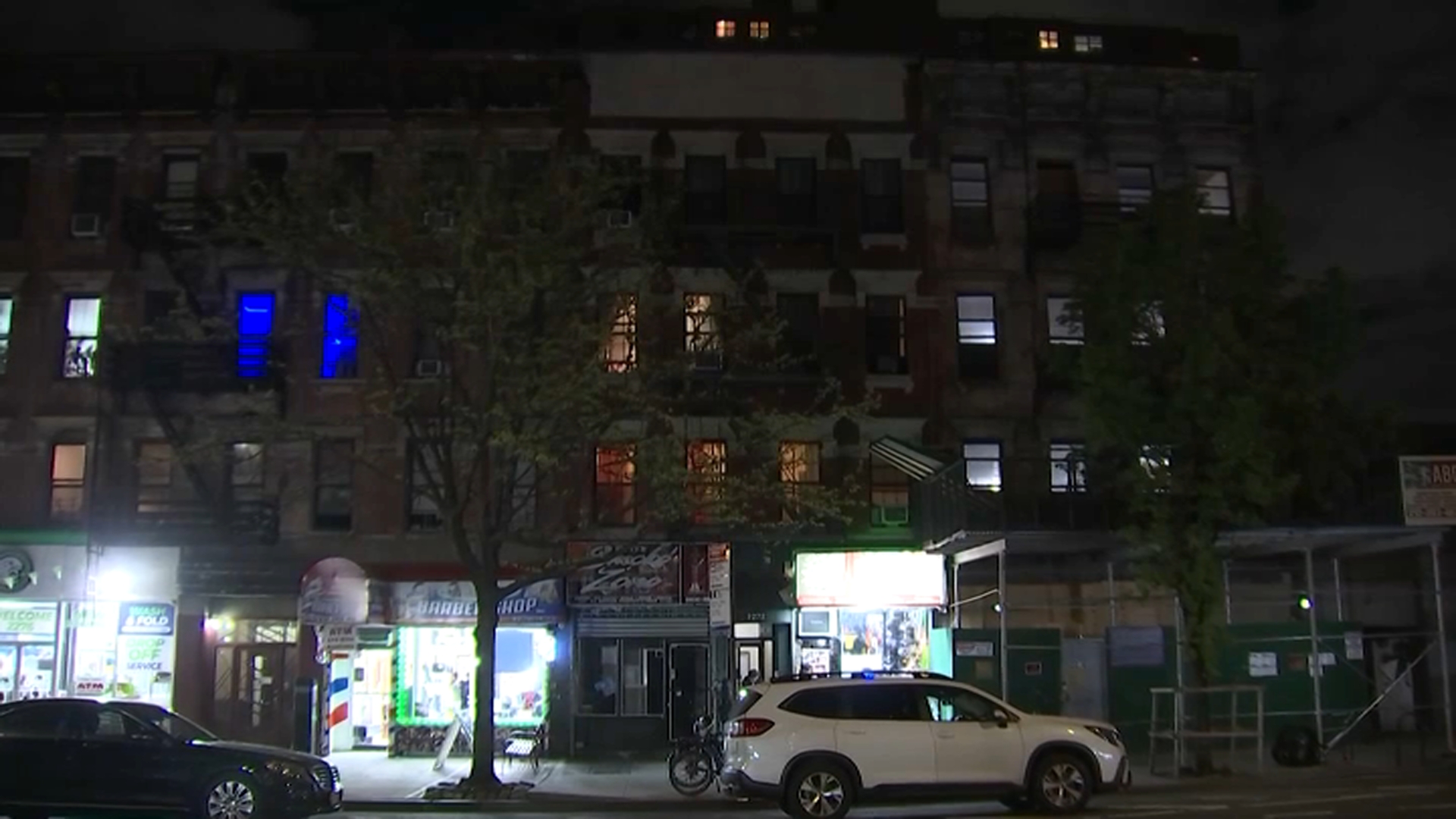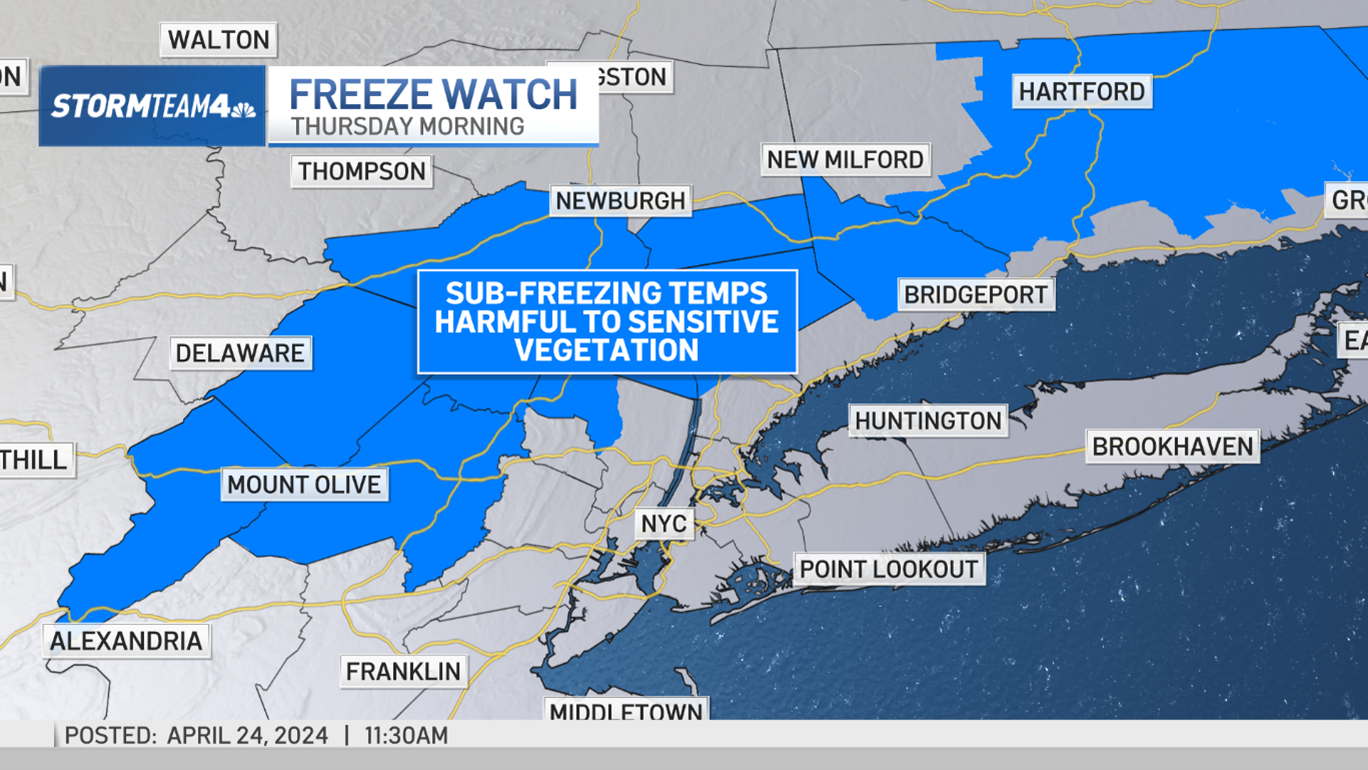What to Know
- MTA Acting Executive Director Ronnie Hakim has ordered a "top to bottom" review of the recent crippling subway delays
- She says the MTA is working to accelerate the replacement of aging signals that keep failing on New York's subways
- The order comes a day after more stalled subway service; two riders got so frustrated they jumped from trains to escape the hellish commute
The head of the MTA has ordered a "top to bottom" review of the recent subway problems that have left commuters exhausted and frustrated.
MTA Acting Executive Director Ronnie Hakim announced at a board meeting Wednesday she's ordering a review of the delays and the MTA's response to them.
"We understand that everybody is frustrated with this," said Hakim, adding that the MTA is working to accelerate the replacement of aging signals that keep failing on the subway.
She declined to offer a concrete timeline of the review, saying only, "We work every day at making service more reliable."
The announcement comes a day after straphangers endured yet another day of crippling service changes because of signal problems. Trains were so severely backed up during the morning rush hour Tuesday that two men aboard a stalled northbound F train outside 34th Street climbed between subway cars and leaped down onto the tracks, apparently planning to walk the course to the next station, according to witnesses aboard the train.
Ortiz said a 1930s-era signal interlocking at Herald Square failed and crews had to implement emergency repairs, causing the severe service disruptions.
Signal problems have become an all too common blight for many subway commuters. And with trains expected to get even more packed as Amtrak work at Penn Station diverts customers to other routes, riders are demanding help.
On Monday, Gov. Cuomo called on the MTA to explore potential discounts this summer for subway riders on diverted trains. The agency did announce Tuesday it would provide 25 percent average discounts for LIRR riders who use key transfer hubs between Brooklyn and Queens, but didn't address the subways.
The stress of a crumbling system with more passengers than ever — 5.6 million weekly in 2016 — has caused the number of train delays to triple during the past five years, to 70,000 per month.
Much of the signal system is more than 80 years old, and 30 percent was installed before 1965. The subway system took a big hit in 2012, when Superstorm Sandy washed out tracks and flooded tunnels. Equipment, from the trains themselves to the ancient signaling system, hasn't been replaced because of the enormous cost and pressure to keep fares from rising. A single ride now costs $2.75.
The MTA promised in May to roll out a $20 million plan to help ease extensive delays around the subway by deploying a rapid response team to fix signals and switches when they break.
Local
Cuomo on Tuesday also introduced a bill that would add two additional governor-appointed seats to the MTA board, and an additional vote for the chairman (also appointed by the governor), claiming it would give the state majority voting power on the MTA board and empower him to speed up fixes on the subway. Currently, the state already has 6 of 14 voting members on the MTA -- but essentially controls two other members, so it already has the majority in place without the new bill.
The MTA board is made up of 14 voting seats: New York state controls 6; New York City has 4; and Nassau, Suffolk, Westchester, Dutchess, Orange, Rockland and Putnam have one seat each (the latter four split one vote each on the board, however).



